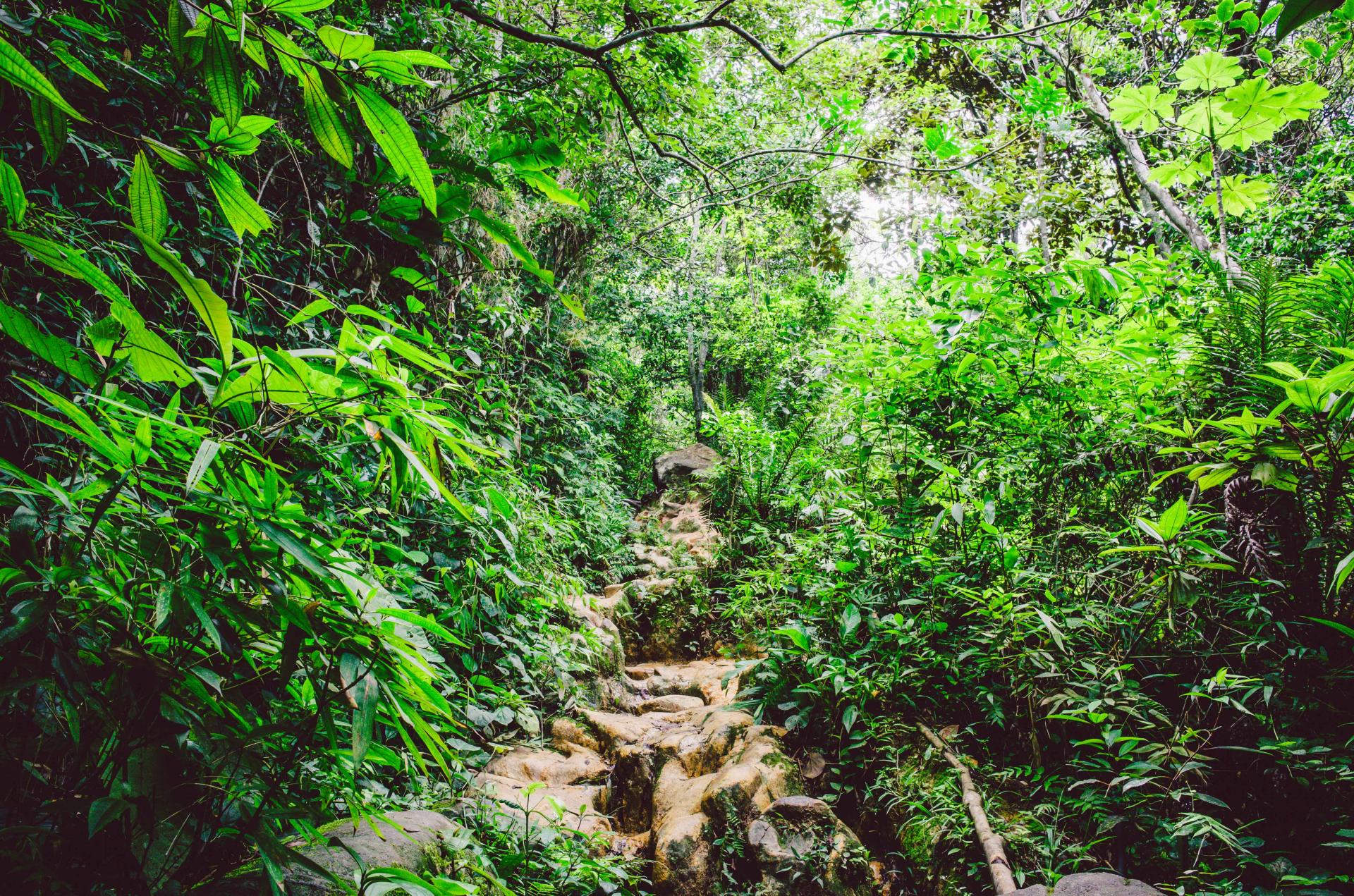Medicinal Plants in Brazil: Natural Remedies from Forests, Mountains, and Coasts

Brazil is not only world-famous for its biodiversity and natural beauty but also for its rich tradition of healing plants. Many of these botanical treasures have been used for centuries by Indigenous communities and traditional healers and are now attracting increasing interest among travelers seeking meaningful, sustainable experiences in nature.
Here are three notable medicinal plants found in regions that travelers can visit with Aventura do Brasil during their Brazil trip:
1. Jambu (Acmella oleracea)
Region: Northern Brazil – Amazon, Belém, Ilha de Marajó
Jambu, also known as the "toothache plant" or Paracress, is native to the Amazon basin and particularly well-known in the state of Pará. Culinary enthusiasts might know it from dishes like "Tacacá", a local soup where Jambu creates a characteristic tingling sensation in the mouth.
Medicinal Uses
- Mild numbing effect; often used to relieve toothaches
- Anti-inflammatory properties
- Stimulates circulation and saliva production
How it’s used
The leaves and flower buds are consumed raw, cooked, or as part of infusions. Jambu can be found in local markets, especially around Belém or on Ilha de Marajó – both regions known for authentic nature and cultural tourism.
2. Copaíba (Copaifera langsdorffii)
Region: Pantanal and Cerrado – e.g. Bonito, South Pantanal
Copaíba is a tropical tree native to the lowland forests and savannas of Brazil. It is highly valued for its oleoresin, commonly referred to as "Copaíba oil", which is harvested directly from the trunk and has been used in local medicine for centuries.
Medicinal Uses
- Strong antibacterial and anti-inflammatory effects
- Effective for skin conditions, respiratory issues, and joint pain
- Can be used internally (with care) or externally for healing wounds
How it’s used
The oil is applied topically or, in controlled dosages, taken internally. In eco-lodges around Bonito or the South Pantanal, travelers may encounter Copaíba oil sold by small-scale producers or as part of wellness workshops.
3. Erva-baleeira (Cordia verbenacea)
Region: Atlantic Coast – Florianópolis, São Paulo, Bahia
Originally from the Atlantic Rainforest, this shrub is a staple in Brazilian phytotherapy and is even used in some pharmaceutical anti-inflammatory creams. It thrives in coastal regions and is popular for treating muscular and joint pain.
Medicinal Uses
- Potent anti-inflammatory and pain-relieving properties
- Commonly used for arthritis, muscle soreness, and minor injuries
- Also applied for cold symptoms
How it’s used
The plant is typically processed into tinctures, teas, or topical ointments. In places like Florianópolis, you may find it in herbal stores or being cultivated in local permaculture projects – often alongside tours or educational walks through the Atlantic forest.
Nature and Healing – Enrich Your Brazil Trip
Medicinal plants are not only a part of Brazil's biodiversity, but also a window into local culture and traditional knowledge. Whether in the humid rainforest, the floodplains of the Pantanal, or the green coastal trails of Santa Catarina and Bahia, these healing plants provide fascinating insights into how nature and health are intertwined.
A Brazil vaccation that includes these botanical encounters is not only educational and enriching but also a meaningful way to connect with the country on a deeper level.
Quellen: https://g1.globo.com/sp/campinas-regiao/terra-da-gente/noticia/2024/08/15/erva-baleeira-tradicao-ciencia-e-potencial-terapeutico.ghtml, https://www.tuasaude.com/copaiba, https://feitobrasil.com/blogs/blog-feito/jambu-saiba-tudo-sobre-o-fruto-simbolo-da-rica-biodiversidade-brasileira?srsltid=AfmBOorUnl_PkX0jXENcNI3tNfw7hzhfhTy_76ao_JQifDXX8gCsGa07

